Description
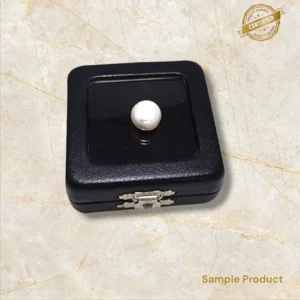
South Sea pearls are among the most sought-after and luxurious pearls in the world, known for their large size, lustrous appearance, and unique color range. Here are some characteristics of South Sea pearls:
1. Origin:
South Sea pearls are primarily cultivated in the warm waters of the South Pacific and Indian Oceans, particularly near Australia, Indonesia, and the Philippines. They are produced by the Pinctada maxima oyster, the largest pearl-producing oyster species.
2. Size:
They are the largest cultured pearls, typically ranging from 9 mm to 20 mm in diameter, with the average size being around 12-13 mm.
3. Shape:
South Sea pearls come in a variety of shapes, including:
- Round (most prized and rare)
- Baroque (irregular and unique shapes)
- Oval
- Button
4. Luster:
These pearls are renowned for their soft, satiny luster, which is less sharp than Akoya pearls but has a deep, glowing quality due to the thick nacre.
5. Color:
They come in a wide range of colors, including:
- White
- Silver
- Golden
- Some may have overtones of pink, green, or blue, adding to their uniqueness.
6. Nacre Thickness:
South Sea pearls have exceptionally thick nacre, often ranging from 2 mm to 6 mm, which contributes to their durability and luxurious appearance.
7. Cultivation Period:
They take longer to cultivate compared to other pearls, often between 2 to 4 years, resulting in high-quality and unique pearls.
8. Value and Uses:
- South Sea pearls are among the most expensive pearls in the market due to their rarity and beauty.
- They are used in high-end jewelry, such as necklaces, earrings, and rings, often combined with precious metals and gemstones.
Symbolism:
They are symbols of luxury, sophistication, and elegance, making them a popular choice for statement pieces and heirlooms.
Would you like help identifying a specific South Sea pearl or guidance on purchasing one?

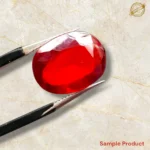
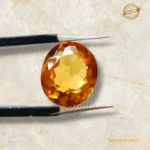

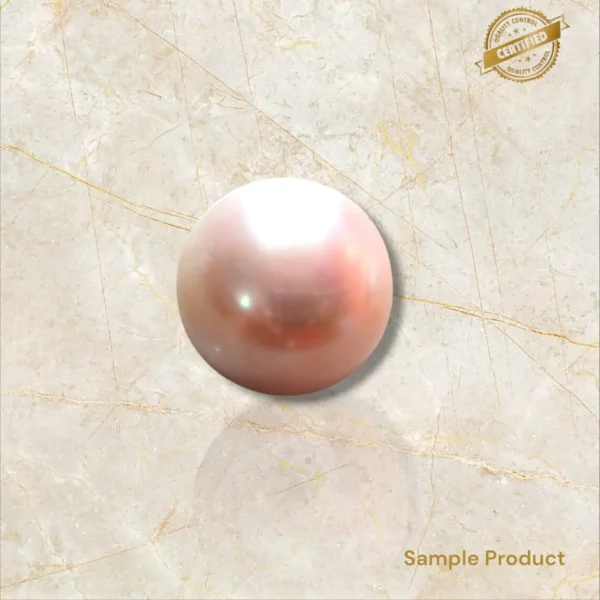
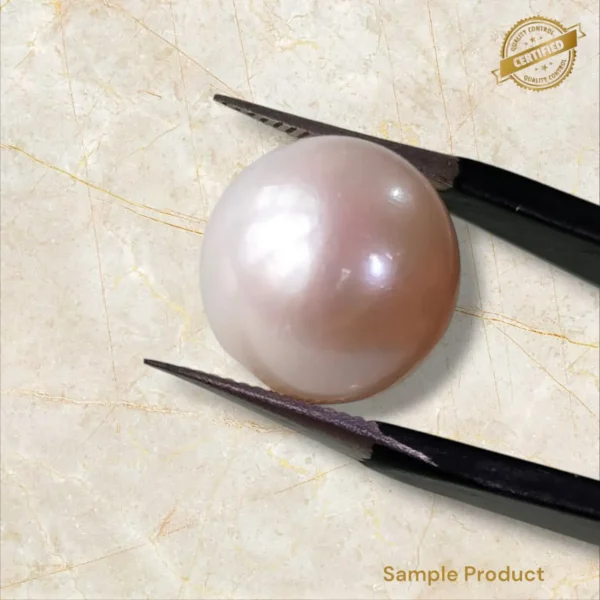
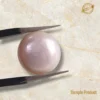
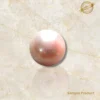
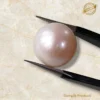

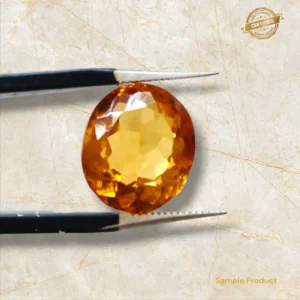
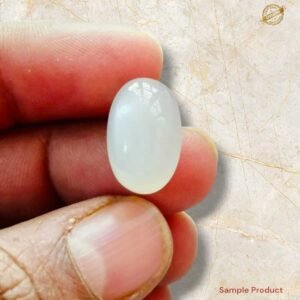
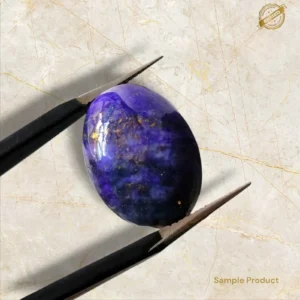
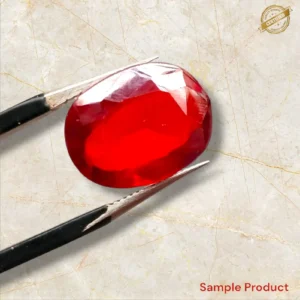
Reviews
There are no reviews yet.